By James Murphy, Co. Cork
I’ve always had a passion for cows and have been dairy farming for years—first alongside my father, Vincent, and now with my son, also Vincent. My interest in dual-purpose breeding began with the introduction of milk quotas, as I sought ways to improve the profitability of our herd. This led me and a few like-minded farmers to introduce the Rotbunt DN breed to Ireland.
A special mention must go to the late Professor Uwe Andressen, one of the world’s leading cow geneticists at the time. His expertise in the Rotbunt DN breed helped us achieve remarkable gains in protein percentage and beefing qualities. With his guidance, we gained access to top-tier Rotbunt bulls. However, following his retirement, the breed suffered from neglect, and the availability of quality bulls declined.
Seeking an alternative, we trialled several dual-purpose breeds, including Norwegian Reds and Pinzgauers, but discontinued them for various reasons. After milk quotas ended, we experimented with crossbreeding using Kiwi Cross bulls. Initially, this brought a significant boost in milk solids, particularly butterfat, thanks to heterosis. However, further breeding with extreme dairy-type bulls proved disappointing. The cows lacked cull value, calf marketability plummeted, and the ethical concerns of such a system were disheartening. We realised we were losing more than we were gaining.
Determined to uphold our long-standing tradition of dual-purpose cows, we searched for a breed suited to the typical family farm, particularly those with limited grazing platforms. It needed a robust breeding programme with proven advancements in milk production and conformation. Normande genetics emerged as the most promising option. Fortunately, through Eurogene, we gained access to elite Normande genetics from France.
Our initial trial using Normande straws yielded impressive results. The calves exhibited excellent vigour, outstanding growth rates, and were easy-calving, with a short gestation of 275 days. To further assess the breed, we visited farms in France, focusing on systems similar to Irish grass-based operations. We discovered that Normande cull cows commanded a premium price of around €2,300, as their beef is highly prized in French cuisine. Additionally, Normande milk is used to produce some of the world’s finest cheeses, such as Camembert de Normandie and Neufchâtel.
Normande genetics have also gained popularity in the United States, where the breed was recognised for achieving the highest growth rates among beef breeds. A major advantage of Normande breeding is the extensive genetic pool—over 300 bulls—offering diverse selection options. The breed is categorised into three genetic types:
- Holstein-Type Genetics – Large-framed cows with high milk yield.
- Grass-Type Genetics – Optimised for extensive grazing systems.
- Balanced Genetics – Mid-sized animals producing good milk solids and quality beef.
Now in our second year of milking Normande crosses, we are expanding their use across the entire herd. These cows are a joy to handle, with excellent temperament and superb udders. Their width provides natural stability, making cluster attachment easy and milking stress-free. They deliver good milk volumes with a sustained production curve. Last year, eight of our 35 heifers were Normande crosses, ranking in the top third for milk production, with high butterfat and solid protein levels. This spring, all our heifers are Normande, and 82% calved by mid-February—most before reaching 24 months of age.
Normande X bullocks exhibit the conformation of continental beef breeds, weighing 300–350kg as yearlings. After using approximately ten different bulls, we have found consistency in their offspring. A particularly valuable trait is the clear dual-purpose effect—dairy-type heifer calves and beefy bull calves. This mirrors the beneficial impact we once saw with Rotbunt DN genetics.
The catalogue recommendations have been highly reliable, and we have not encountered any major calving issues. Occasionally, we see a larger bull calf, but nothing concerning. Given the emphasis on sustainability in modern farming, it makes sense to breed dairy cows that not only produce milk but also deliver valuable beef calves. Additionally, Normande cull cows fetch a premium price in French markets, which are conveniently accessible from Ireland.
Consumer sentiment increasingly influences farming practices, particularly regarding animal welfare. It is in our best interest to respond proactively. For us, Normande genetics have enhanced every stage of the milk production process.
Since 2015, the number of suckler cows in Ireland has declined by 250,000. Valuable male Normande calves could help bridge this gap through contract rearing, similar to dairy heifers. Surplus heifers also hold substantial beef value. Using Normande genetics improves cow conformation, reducing the need for extreme beef bulls on extreme dairy cows. This, in turn, minimises reliance on costly sexed semen.
Looking ahead, there is potential to establish a branded identity for dual-purpose cows, in collaboration with the ICBF and Bord Bia. Such a brand could highlight the sustainable benefits of breeds like the Normande, helping to differentiate these cows within the dairy sector. A beef credential system for dual-purpose dairy cows could gain traction, particularly with the increasing use of DNA sampling to verify lineage and performance.

